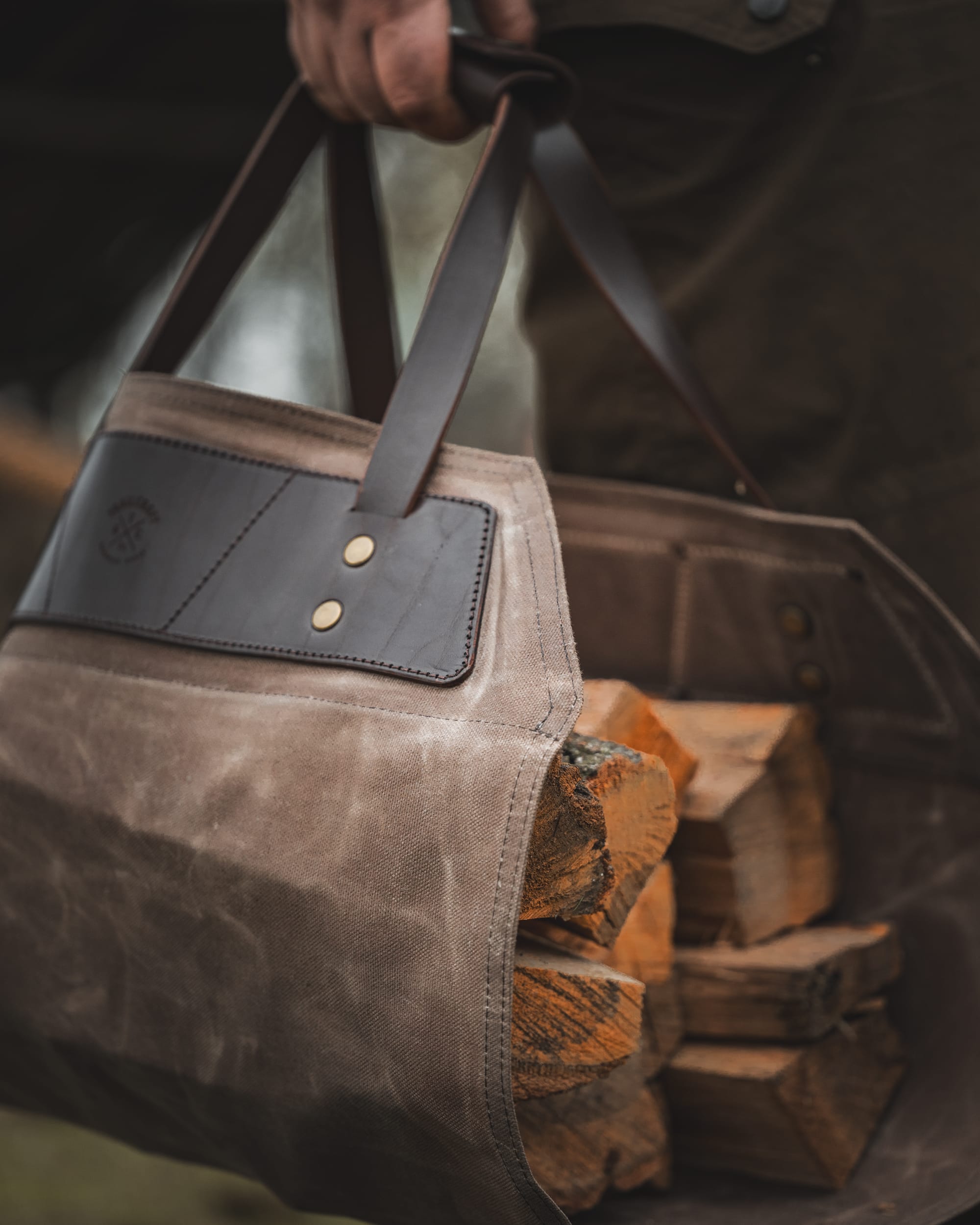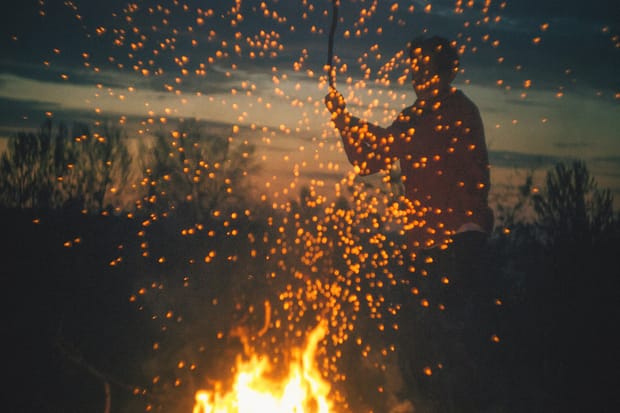Firewood preparation at camp doesn’t need to be complicated. You don’t need a full tool kit or elaborate methods to get a reliable fire going. What matters most is understanding the rhythm of the work: gather, break down, separate, and keep everything organized. A simple approach not only saves time but also helps you conserve energy and reduce the frustration that often comes with damp wood or poor conditions.
Start with what nature gives you. Before touching any tool, look around the area for fallen branches, dry deadwood, and small pieces that snap cleanly. Dead standing wood is best — the outer layer may be weathered, but the inside is often dry. Avoid green wood and anything that bends instead of breaking. You’ll burn less effort collecting the right material from the start than trying to salvage wood that won’t light.
Sort your wood into three groups: tinder, kindling, and fuel. Tinder can be thin bark curls, dry grass, or pencil-thin twigs. Kindling should be roughly finger-width pieces that catch easily once the tinder ignites. Fuel wood — the thicker logs — should be set aside until the fire is established. This simple separation keeps the entire process controlled. Instead of scrambling for the next piece at the wrong moment, everything is ready in its place.
Tools help, but only as much as they simplify things. A folding saw does well for clean cuts, and a small camp axe handles splitting thicker rounds. The goal isn’t to create perfect pieces; it’s to open up dry inner fibers so they catch more quickly. When the outer bark is damp, splitting a few logs into halves or quarters makes a noticeable difference.
Keeping everything off the ground is one of the most overlooked parts of fire prep. Wood left in wet grass or on cold soil absorbs moisture quickly. Using a flat stone, a spare log, or even a waxed canvas log carrier as a clean staging surface keeps your dry pieces from soaking up ground moisture. The carrier also helps keep your firewood organized—load it once, carry it to camp, and you have a tidy stack ready to work from without scattering bark everywhere.

Waxed Canvas Firewood Log Carrier
Transport firewood with ease using this durable waxed canvas log carrier. Made from rugged, water-resistant beige waxed canvas, it’s built to handle heavy loads and keep your hands clean while carrying logs.
When conditions are poor or wood is damp, feather sticks are a dependable fallback. Shaving thin curls along a thicker piece exposes dry wood and creates instant kindling that lights more easily than loose twigs. It’s a simple technique that pays off when rain or morning fog makes everything else stubborn.
As the fire begins to catch, add fuel slowly. Let the flame build rather than smothering it with heavy logs. A well-built fire comes from good airflow and steady feeding, not force. By preparing your wood in clear stages, the process becomes calm and predictable, even when weather or wood quality isn’t ideal.
Firewood prep at camp is one of those small routines that becomes easier the more you do it. It’s not about speed or strength—it’s about paying attention to the materials at hand and working with them instead of against them. With a handful of practical steps and a clean, organized setup, building a reliable campfire becomes one of the simplest and most enjoyable parts of the outdoors.







